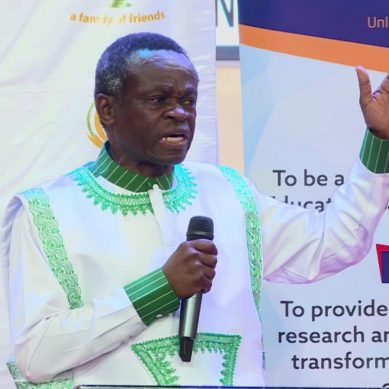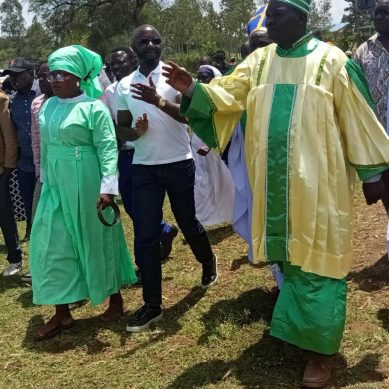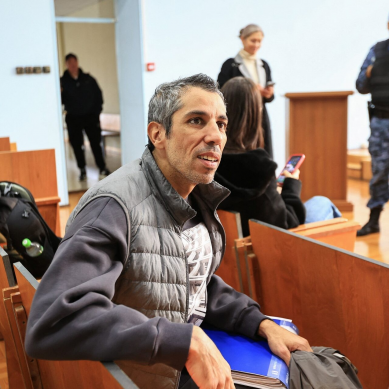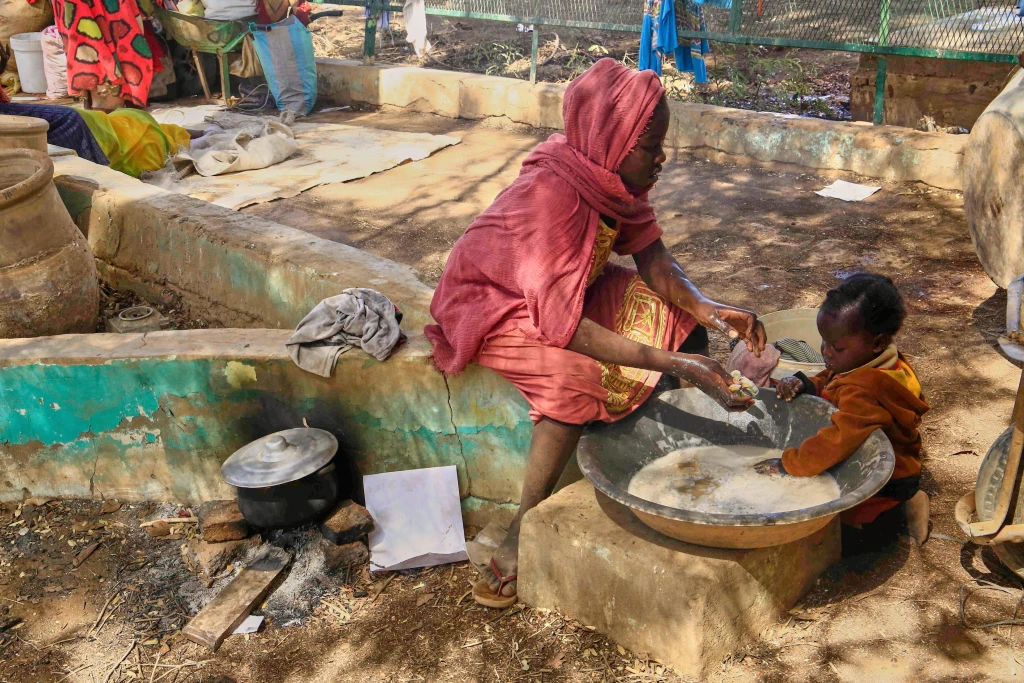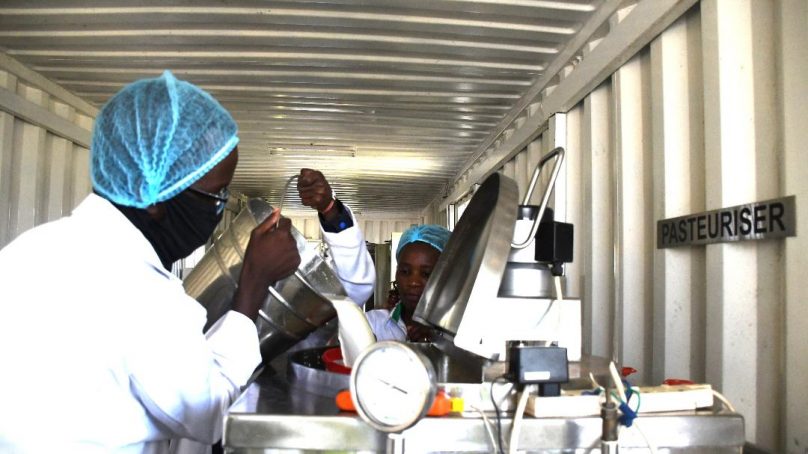
Rift Valley National Polytechnic (RVNP) in Kenya jointly with the African Union are financing the drilling of a Ksh1.3 billion ($10.1 million) geothermal power project to help ease Kenya’s high dependency on hydropower and costly diesel-powered generators.
The institution’s Principal Sammy Chemoiwa described the initiative as an opportunity to provide reliable, competitive and sustainable power energy tailored to create jobs, raise incomes and spur economic growth in the country.
Chemoiwa pointed out that Kenya’s vast geothermal reserves, abundant sunshine and untapped wind corridors, have the potential not only to make Kenya energy secure, but a continental exporter of green power.
Besides cutting down on greenhouse gas emissions, the principal said the project was targeting to conserve the environment by preserving forests which have been degraded for firewood and charcoal adding that the clean energy transition must be driven from within the country.
He said the first Ksh182 million phase would be used to conduct a surface study which is part of the Geothermal Risk Mitigation Facility (GRMF), supported by the AU to accelerate geothermal development in the Eastern African Rift region.
African Union’s grant in the first phase represents 80 per cent of the total cost of the surface exploration at Sh146 million, with the institute expected to source for Sh36 million, he elaborated.
Chemoiwa said the infusion of the capital would help build investor confidence and improve bankability of vital geothermal resources, adding that the transformation of the geothermal energy sector was a core part of Kenya’s economic growth plan for its expanding and increasingly urbanizing population.
The principal observed that in Vision 2030, Kenya had identified energy and electricity as a key element of its economic transformation, with geothermal as the lead technology. The official disclosed that in the second phase, Ksh1.2 billion would be spent on harnessing the geothermal resource with the African Union granting Ksh600 million and the rest being funded by resources sourced by the polytechnic.
“We are proposing to have an Industrial Park to be constructed adjacent to our power plants where industries will benefit from our tariffs, which will be among the lowest. This is a major boost towards transition to clean energy,” the Principal assured.
Chemoiwa stated that the National Polytechnic and the state-owned Geothermal Development Company that is exploring for steam at Menengai Crater were collaborating to tap into the skills and pass them to the students.
He emphasised that the geothermal project was focusing on strengthening the ties between vocational training and industry needs as a way of addressing the critical issue of youth employability in the country.
Chemoiwa indicated that the national polytechnic was championing a dual Technical Vocational Education Training (TVET) programme, which is an educational approach that combines theoretical classroom instruction with practical workplace training.
He said they were exploring a model where students are subjected to a combination of geothermal energy theory and practical training, in a real-life work environment through an interchange of training at a TVET institute and in a company.
He explained that proper TVET-Industry linkages were essential in meeting one of the biggest challenges of TVETS, which is delivering employable graduates to meet the growing industry demand.
At the same time, Chemoiwa said the institute was keen on bringing on board direct-use investors who were expected to use geothermal steam to power industrial processes within its proposed industrial park.
He said they were expecting to generate at least Ksh200 million per year from geothermal energy, with the project culminating in the establishment of an innovation and incubation centre that would link students to industries at the park for a dual training programme.
According to Chemoiwa, besides electricity, geothermal energy provides direct heat to industrialists, a by-product of electricity in the form of steam coming from power plants at about 1500C, which he said was affordable and a game-changer in the manner in which Kenya’s wealth, as an emerging mid-income industrial society, would be generated.
“Geothermal steam can be utilised for a different range of applications ranging from industrial, agriculture, tourism, leisure and domestic, depending on the resource temperature and usage,” Chemoiwa noted.
He said among proposed uses from the steam included steam heated green houses, steam heated aquaculture ponds, geothermal milk pasteurizer plant, geothermal laundry unit and geothermal grain dryer.
The principal said they were optimistic that the innovations would make the country a competitive investment hub as industrialists would save a great deal on energy costs when they invest in geothermal steam powered facilities.
He observed that if efficiently harnessed, geothermal heat would deliver energy that would enable farmers and food processors to increase production and improve food security. He explained that the steam could also be used in the industrial drying of fish, vegetables, tea and pyrethrum and in brewing.
The principal added that geothermal fluid boosts tourist paradise in the form of medicinal spas, while in milk pasteurisation manufacturers could cut up to 70 per cent of their heating costs by using geothermal energy.
“Studies show that when geothermal steam is used to heat greenhouses, the cost of production drops by about 40 per cent,” he added.
The official also explained that the smallest single unit of geothermal powered milk plant could process between 250,000 to 500,000 litres of milk every day adding that with adoption of this form of system of energy, farmers could improve yields by more than 30 per cent.
According to the Renewables Global Status 2018, Kenya tops in Africa with 700 megawatts of geothermal power, retaining its place compared to last year.
The US has the largest geothermal generating capacity with 2,500 megawatts followed by the Philippines (1,900 MW), Indonesia (1,800 MW), Turkey (1,100 MW), New Zealand (1000 MW), Mexico (900 MW), Italy (800 MW) and Iceland (750 MW).
Kenya is ahead of technological heavyweight like Japan which has been ranked tenth with an output of 500 MW. The rest of the world shares 950 MW. Ethiopia is the only other African country with developed geothermal energy of 7 MW.
Geothermal is widely considered a preferable, low-cost renewable energy source due to low emissions when compared to thermal sources. It is also cheaper than thermal power when used as an alternative to mitigate depressed hydropower generation due to drought. Kenya has a target of 5 gigawatts (GW) geothermal capacity by the year 2030.
Green energy power plants under development in Kenya include the 300 MW Lake Turkana Wind Power Plant, which is the single largest wind power plant in Africa, the 70 MW Ol Karia 1 and the 140 MW Ol Karia V.
- A Tell Media / KNA report / By Esther Mwangi and Dennis Rasto
